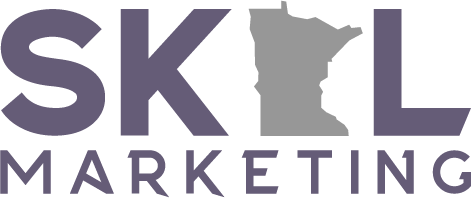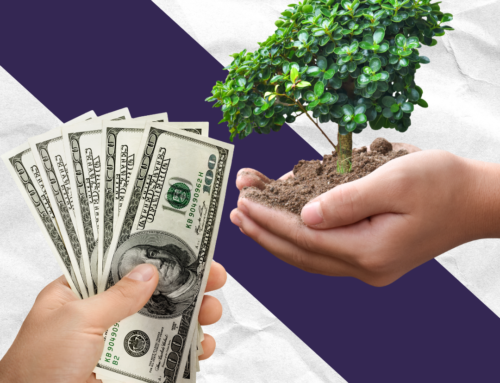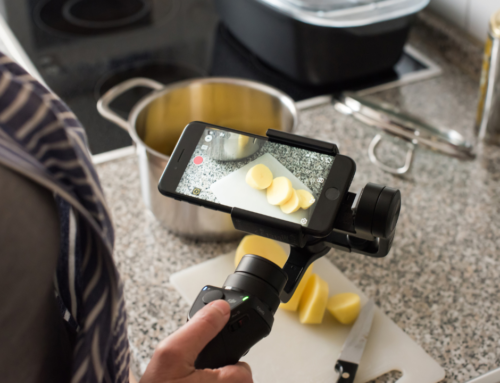Sometimes it feels like almost all of social media (as a concept) exploded out of nowhere, and few terms have become as widespread in such little time as “hashtag.” There are countless people out there who still see the # sign as a “number sign” or “pound sign” primarily, and even those whose minds jump straight to Twitter or Instagram when they see it often don’t know exactly how they work or how they can be used to help grow the presence of a particular person, brand, or social media page.
What are hashtags?
A hashtag is way more than just a key on your keyboard or a trendy way of adding a cutesy into your social media post (#MoreThanJustASlogan). Using the # sign on social media started on Twitter in 2007 as a way of finding other users discussing the same topic–a Twitter user could search for a particular “hashtag” and find others who used the same hashtag they were, helping to form informal micro-communities on the site based on shared discussion topics. (For example, #Vikings could be used to find other users tweeting about our favorite home team!) Mere months after launching, Instagram added hashtags as a way of automatically cataloging images on the site, allowing users to quickly and easily find content to expand and curate their perfect feed. (eg: the now ubiquitous #CatsOfInstagram helps users fill their feeds with furry friends) In 2013, Facebook started using hashtags to catalog posts, helping solidify the hashtag as not just a niche or platform-specific tool, but as part of the broader cultural lexicon.
Why are hashtags important?
The headline answer here is this: Hashtags make content searchable. Your tweet, Facebook post, Instagram image, etc may be visible to your friends, family, and followers, but as far as expanding reach to non-followers, even the best posts can easily drown in the endless sea of content if they don’t give users a way to find them. Simply put, hashtags are important because they can help you get your brand’s content in front of a relevant audience. The data show this as well: Instagram posts that include at least one hashtag see engagement over 12% higher than posts that skipped the hashtags. While a hashtag can be used just as another piece of copy to give your posts more personality for your fans (#SkolMarketingScoresBigWithSmallBusinesses), choosing well-researched and properly targeted hashtags can help you organically expand your reach and grow the audience for your company and your brand.
How do I find the perfect hashtags?
If you’re not used to social media platforms, the idea of “finding the right hashtag” can seem like a daunting and inscrutable ordeal. As long as you know how to search for hashtags on your preferred platform, you need not worry: the rest is just audience research, and the fundamentals still apply.
- Know what your audience wants: If you’re a coffee shop, start by searching for terms related to what you do, like #coffee, #coffeeshop, #espresso, etc, rather than more broad and generic tags like #love or #happy. You’ll likely still see millions of results with lots of irrelevant posts, but by looking through “related hashtags” and viewing posts that seem similar to what you do or relevant to your audience and checking out what other tags they use, you can start to find more niche, usable hashtags.
- Go where your audience is: Once you enter this world of smaller, more focused hashtags, things can get even more confusing–this is where it’s important to bring in what you already know about your audience. Keeping with the local coffee shop example, a cafe here in Hopkins probably doesn’t care about a coffee drinker halfway across the world and can skip #AmsterdamCoffeeShops in favor of a tag like #TwinCitiesCoffee that their potential customers might actually follow.
- Track Your Competitors: There’s nothing wrong with a little good-natured spying on a competitor’s feed! You should consistently be keeping an eye on the accounts of your closest competition as well as leaders in your field or industry to see what they’re doing well, what tags seem to be most effective, and what conversations you may be able to jump into. If you know your potential customers are engaging with your competitions’ posts, you’d do well to figure out why and use it as a source of inspiration for your own content.
Do’s and don’ts of using hashtags
Using hashtags for your marketing can be an in-depth endeavor, but here are a few basic do’s and don’ts to help you get started:
#Do:
- Include at least one hashtag in each of your posts
- Find smaller, more targeted tags to help you stand out from the crowd
- Use hashtags relevant to your product, industry, topic, or audience
- Research what tags your competitors are using effectively
#Dont:
- Skip hashtags because they “look bad” or “you don’t get it”
- Rely on broad tags with millions of posts to bring you new followers
- Stuff posts with giant blocks of irrelevant or “spammy” hashtags
- Improvise hashtags without researching their effectiveness
- Use analytics to track which hashtags
are bringing you new engagement
If you’re not used to using them, hashtags can seem like nothing more than useless trendy colloquialisms. However, those who run successful social campaigns know that hashtags are a great tool for expanding your audience and increasing your engagement. If you need help finding the right hashtags for your brand, Skol Marketing is here to help. If you’d prefer one-on-one guidance or would like to discuss how our assistance can help you improve your social media presence, please don’t hesitate to contact the local social media experts at Skol Marketing.







